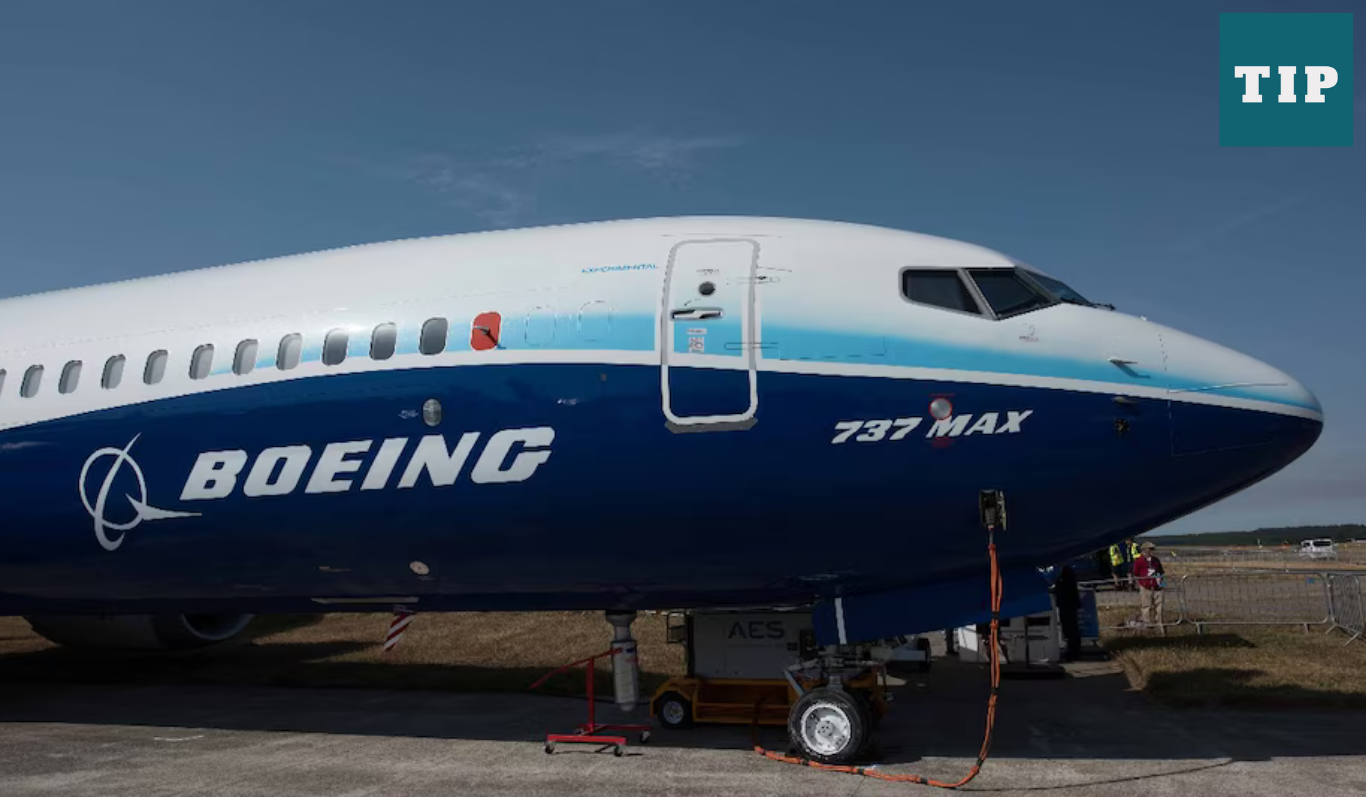The Boeing Plane:
In what is being described as one of the deadliest air disasters in recent years, a Boeing 787 Dreamliner tragically crashed in Ahmedabad, India in June 2025, killing 241 people. The incident has rekindled global concern over the safety standards of Boeing aircraft, a company already steeped in controversy due to multiple prior crashes and alarming whistleblower revelations.
But this time, the conversation has shifted from isolated tragedy to systemic failure. It’s no longer just “how did this happen?”—but “why does it keep happening with Boeing?”
A History of Horror: The Pattern of Boeing Plane Crashes
From the devastating Lion Air Flight 610 crash in 2018 to Ethiopian Airlines Flight 302 in 2019—both involving the Boeing 737 Max—concerns over Boeing’s aircraft safety aren’t new. Now, with the 2025 Ahmedabad crash involving a Boeing 787 Dreamliner, the public is once again forced to reckon with a troubling pattern. In 2024 The plane was Carrying 181 people 179 people of whom were killed
In the past 25 years, there have been over 107 Boeing plane crashes, including multiple hull-loss accidents—events where aircraft are damaged beyond repair. That’s not just an alarming number—it’s a signal flare.
According to aviation watchdog Aviation Safety Network, Boeing’s most popular aircraft models, including the 737 and 787, have accounted for some of the deadliest commercial aviation disasters in modern history.
The Ahmedabad Disaster: A Turning Point?
The Dreamliner was marketed as the future of safe, fuel-efficient flying. But the 2025 crash in Ahmedabad tells a different story. Initial investigations suggest possible manufacturing defects—something Boeing whistleblowers had warned about for years.
According to Times of India, the specific plane involved in the crash may have had structural concerns raised by whistleblowers in 2024, raising urgent questions about whether the tragedy could have been prevented.
John Barnett: The Whistleblower Who Never Gave Up
One of the most chilling aspects of this saga is the story of John Barnett, a former Boeing quality manager with over 30 years of experience. Before his suspicious death in 2024, Barnett had openly shared safety concerns about the 787 Dreamliner.
He reported:
- Metal shavings dangerously close to wiring that controls flight surfaces
- Faulty oxygen systems that could leave passengers without air in emergencies
- An internal “culture of concealment” within Boeing
He was found dead in his car from a gunshot wound while in Charleston, South Carolina, preparing to testify further against Boeing. Authorities ruled it a suicide, but many—including his attorneys—called the timing suspicious.
Read more about Barnett’s claims
Whistleblowers Keep Coming, and So Do the Crashes
Barnett was not alone.
➤ Sam Salehpour
In 2023, Boeing engineer Sam Salehpour came forward alleging that structural gaps and poor fastening practices were being overlooked in 787 Dreamliners. He claimed the company was ignoring long-term fatigue issues that could lead to mid-air breakups.
Another whistleblower, Richard Cuevas, reported over-drilled holes in structural areas on 787s. Instead of fixing the errors, he says Boeing tried to cover them up.
The Ahmedabad plane was a Boeing 787 Dreamliner — the very model that some Boeing employees once publicly said they wouldn’t fly themselves. Their warnings, based on years of quality concerns and production shortcuts, now echo hauntingly in the aftermath of the crash that claimed 241 lives
All of this paints a damning picture: employees are speaking up, but the system isn’t listening.
Boeing’s Reputation is in Freefall
Once considered the gold standard in aviation, Boeing’s reputation is now tarnished. The 737 Max disasters led to worldwide grounding and multiple lawsuits. The Dreamliner is now under FAA and congressional scrutiny once again.
And investors are noticing. Boeing’s stock has plummeted repeatedly after safety scandals, and the brand is now synonymous with corporate negligence, not innovation.
Why Are People Still Flying Boeing?
Despite the repeated safety issues, Boeing remains one of only two major commercial aircraft manufacturers in the world—the other being Airbus. Airlines are locked into long-term contracts. Many don’t have a choice but to keep flying Boeing planes.
But passengers are taking note. Forums, social media, and Reddit threads like r/aviation are filled with passengers actively avoiding Boeing aircraft, especially 737 Max and 787 Dreamliners.
What Needs to Change?
For one, regulators must be empowered to enforce safety without industry interference. Following the 737 Max crashes, the FAA admitted to delegating too much oversight to Boeing itself, a practice now under harsh scrutiny.
Secondly, Boeing must embrace true transparency. That means listening to its engineers, not silencing them. It means fixing problems—not hiding them until after lives are lost.
Lastly, the flying public needs clearer visibility on aircraft safety. Apps like Flightradar24 and PlaneFinder are helping, but more must be done.
The Final Descent?
So, why always Boeing planes?
Because the problems aren’t just in the sky. They’re on the ground—in the factories, in the boardrooms, and in the decisions made by people who seem to value deadlines over lives.
Until accountability becomes a stronger force than profit, the tragedies may continue. And the victims—like those aboard the ill-fated Dreamliner in Ahmedabad—deserve far more than a press statement. They deserve answers. And they deserve change.
